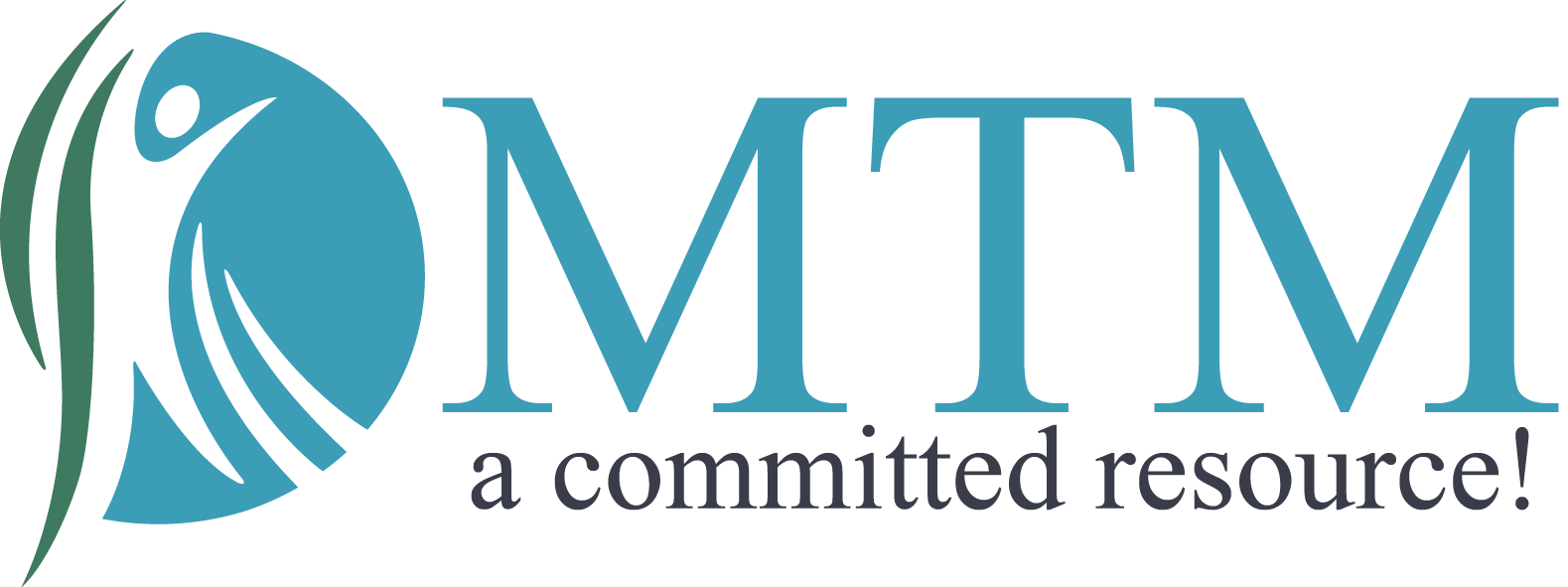How to Maximize Workers’ Compensation Reimbursements in 2024: Insights for Healthcare Providers
Stay Ahead of Regulatory Changes, Optimize Workflows, and Boost Revenue in Workers' Compensation Billing
Are you prepared for the changes in workers’ compensation billing in 2024? Discover actionable strategies to ensure your practice maximizes reimbursements and stays ahead of the curve.
As we progress through 2024, staying informed about recent regulatory changes and optimizing billing strategies is essential for healthcare providers involved in workers' compensation claims. With updates in fee schedules, adjustments in billing procedures, and evolving compliance standards, providers must be proactive to maximize reimbursements. This blog breaks down the key regulatory changes, effective billing practices, and crucial steps for overcoming common obstacles in workers' compensation billing in 2024.
Understanding the Latest Regulatory Changes in 2024
Fee Schedule Updates:
The Division of Workers’ Compensation (DWC) in California continues to update the Official Medical Fee Schedule (OMFS) annually, in line with Medicare’s Resource-Based Relative Value Scale (RBRVS). The latest update, effective July 1, 2024, includes new relative value units (RVUs), locality adjustments, and edits for medically unlikely procedures. These updates are designed to align California’s workers’ compensation reimbursements more closely with Medicare’s standards, ensuring consistency and predictability in payments.
One significant change involves updates to the Physician and Non-Physician Practitioner Fee Schedule, which integrates the latest Medicare updates for better alignment. Providers must adjust their billing practices accordingly to reflect these changes, avoiding underpayments and billing errors.
Actionable Tip: Ensure your billing software is updated automatically with the latest fee schedules and maintain regular training for your billing staff to adapt to these regulatory changes.
Optimizing Your Billing Workflow for Better Reimbursement
Streamlining Processes Through Technology:
Incorporating automation tools and comprehensive billing platforms into your workflow can drastically reduce errors, speed up payment cycles, and optimize your revenue. Automated systems can ensure correct fee schedules are applied, track claims through every stage, and handle routine follow-ups—key features for maximizing reimbursements.
Integrated Systems: Consider using an integrated billing platform that synchronizes patient scheduling, documentation, and claims management. This ensures consistency across departments and minimizes the risk of manual errors.
Example: A large medical group in California used automation to update their OMFS billing codes immediately after each regulatory change, leading to a 30% reduction in claim processing delays and a noticeable improvement in reimbursement rates.
Tackling Common Denials and Rejections
Addressing Frequent Issues:
Claim denials often stem from common issues like incorrect coding, insufficient documentation, or late submissions. To overcome these barriers:
Use Accurate Coding: With updated OMFS codes, it’s vital to ensure that your coding team is trained and that your systems are updated to reflect the latest standards. Misalignments with current codes can result in automatic rejections.
Comprehensive Documentation: Particularly in cases involving disputes over medical necessity, providing thorough and clear documentation is critical. This includes detailed physician notes and supporting evidence that align with the latest billing guidelines.
Actionable Tip: Regularly audit your claims before submission. Identify trends in denials and address them with targeted training and improved workflows.
The Importance of Lien Management in 2024
Effective Strategies for
Managing Liens:
Lien management is critical for ensuring timely payments, especially in cases involving disputed or delayed claims. With regulatory complexities on the rise, staying ahead of lien deadlines, proper documentation, and proactive negotiations can help streamline the process.
Best Practices: Implement a lien management system that automatically tracks deadlines, prioritizes high-value cases, and simplifies follow-up actions. Early negotiations and settlements reduce the chances of prolonged disputes and can expedite payments.
Best Practices for Navigating Med-Legal Billing
Optimizing Revenue in Med-Legal Billing:
Med-legal billing remains a challenge for many providers due to the strict compliance requirements and detailed documentation needed. To maximize revenue while staying compliant:
- Thoroughly Prepare Reports:Med-legal reports must meet the stringent documentation standards, including detailed evaluations and supporting documentation. Regular audits and feedback loops can help ensure these reports are accurate and complete.
- Bill for All Services: Make sure all components of med-legal services, including evaluations and report preparation, are billed appropriately. Missing out on billing for ancillary services can lead to significant revenue loss.
Scenario Example: A provider specializing in workers’ compensation med-legal cases implemented dedicated billing software for med-legal bill submission. This led to a 20% increase in approved claims and a faster turnaround on payments.
Conclusion
Maximizing workers’ compensation reimbursements in 2024 requires a focused approach that integrates the latest regulatory updates, optimized workflows, and strategic lien management. By staying current with fee schedule changes, streamlining your processes, and addressing common billing pitfalls, you can significantly improve your revenue and reduce delays.
Interested in Partnering with Medrina Technology Management?
At Medrina Technology Management, we specialize in optimizing workers’ compensation billing processes to help healthcare providers achieve better outcomes. From fee schedule updates to comprehensive lien management, our solutions are designed to boost your revenue and streamline your operations. Contact us today to learn more.
Stay updated with the latest insights and news in medical billing services and workers' compensation billing and collections. Enter your email below to subscribe to our blog
Most Recent Articles




